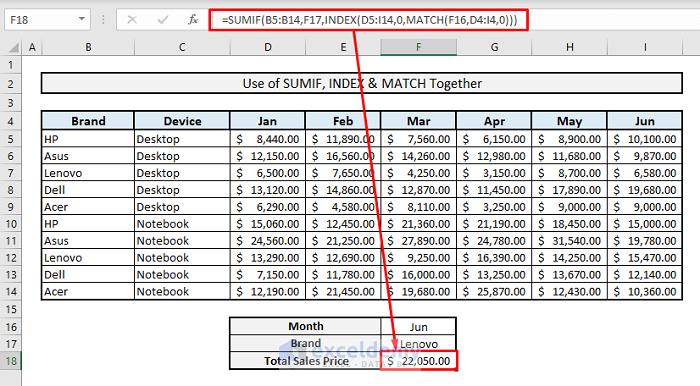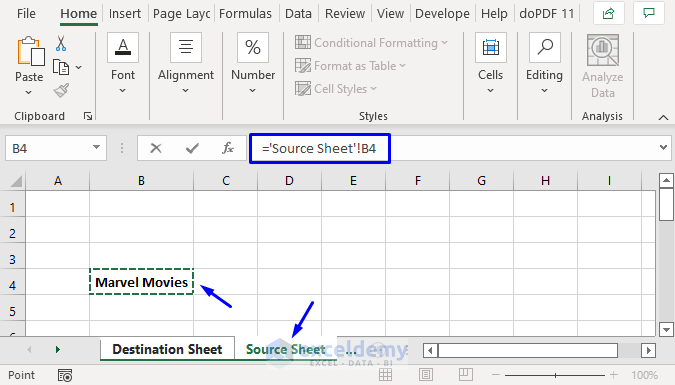Mastering Excel: Summing Data Across 3 Sheets Easily

Microsoft Excel is an indispensable tool for data analysis, financial tracking, and various data management tasks. Among the myriad of functions and features Excel offers, one of the more practical skills for users to master is summing data across multiple sheets. This can prove especially useful when dealing with data sets that are organized into different sheets for clarity, such as monthly sales, quarterly financials, or departmental budgets. This guide will delve into several methods to sum data across three sheets with ease, ensuring you have the knowledge to streamline your data aggregation processes.
Understanding Excel Sheets

Before diving into the techniques, it’s helpful to have a basic understanding of how sheets work in Excel:
- Multiple Sheets: Excel workbooks can contain numerous sheets, each functioning independently yet accessible through the workbook’s tabbed interface.
- Sheet Navigation: Sheets can be navigated by clicking on their respective tabs at the bottom of the Excel window or by using keyboard shortcuts.
- Consolidation: Data can be consolidated from different sheets into one summary sheet, which is our goal here.
Method 1: Using the SUM Function

The simplest way to sum data from different sheets is by using the classic SUM function:
=SUM(Sheet1!B2:Sheet3!B2)
This formula sums the values from cell B2 across Sheet1, Sheet2, and Sheet3. Here are a few notes:
- The sheet names (Sheet1, Sheet2, Sheet3) must match exactly.
- Ensure cell references are identical across all sheets for accurate summation.
📌 Note: Using a range across sheets works well for smaller datasets. For larger data sets, more efficient methods might be necessary.
Method 2: 3D References

If your data is organized in the same column or row across sheets, 3D references can streamline the process:
=SUM(Sheet1:Sheet3!B2)
- This formula sums all data in cell B2 from Sheet1 to Sheet3.
💡 Note: 3D references require that sheets are named sequentially or grouped logically. They also work best when the sheets contain the same structure.
Method 3: Using Named Ranges

Excel allows you to create named ranges to make referencing data easier:
- Define a named range: Select the range in the first sheet, go to the Name Manager, and name it, for example, “SalesData”.
- Sum across sheets: Use the following formula:
=SUM(SalesData)
| Sheet Name | Named Range | Data Reference |
|---|---|---|
| Sheet1 | SalesData | =A1:A10 |
| Sheet2 | SalesData | =A1:A10 |
| Sheet3 | SalesData | =A1:A10 |

📝 Note: Named ranges can be used within formulas across sheets, making your work more organized and readable.
Method 4: Advanced Filtering and Consolidation

For complex datasets, Excel’s data consolidation feature can be leveraged:
- Go to Data > Consolidate.
- Choose Sum as the function.
- Select the references from each sheet (e.g., Sheet1!$B$2:$B$10, Sheet2!$B$2:$B$10, Sheet3!$B$2:$B$10).
- Click OK.
This method allows you to consolidate data with different layouts:
- It can handle different column orders.
- You can use row and column labels for more accurate consolidation.
🛠 Note: Data consolidation is useful when you're dealing with diverse datasets across multiple sheets that need to be summarized.
Summarizing the Key Points

In summary, Excel provides various methods to sum data across multiple sheets. Here are the key takeaways:
- The SUM Function: Suitable for simple summation across identical cells on different sheets.
- 3D References: Ideal when data is organized similarly across sheets.
- Named Ranges: Offers a readable and organized approach to data referencing.
- Data Consolidation: Works well with diverse datasets, ensuring comprehensive data aggregation.
What is the easiest way to sum data across sheets in Excel?

+
The easiest method is often using the SUM function, where you manually list the cells you want to sum from different sheets.
Can I use 3D references if my sheets are not named sequentially?

+
Yes, but you’ll need to group the sheets manually or rename them to maintain a logical order for 3D referencing.
How can I sum different ranges across multiple sheets?

+
Using the Data Consolidation feature can help sum different ranges even if the sheet layouts vary.



